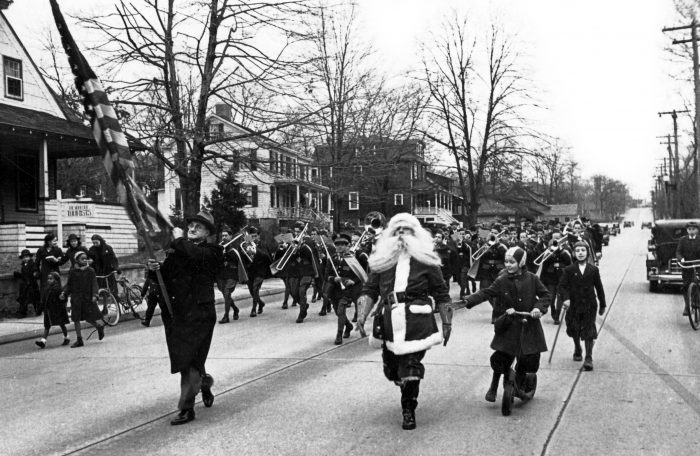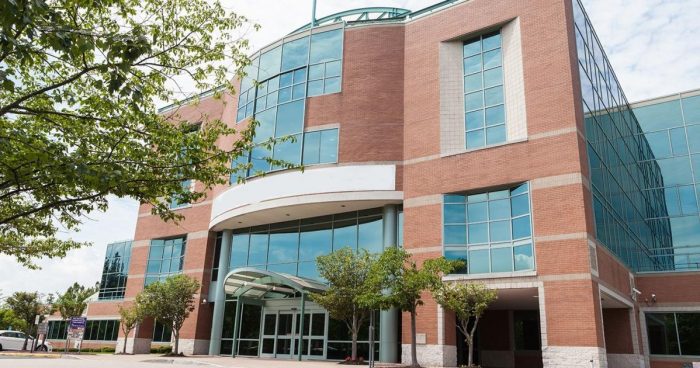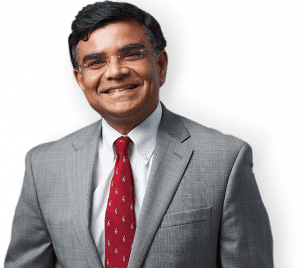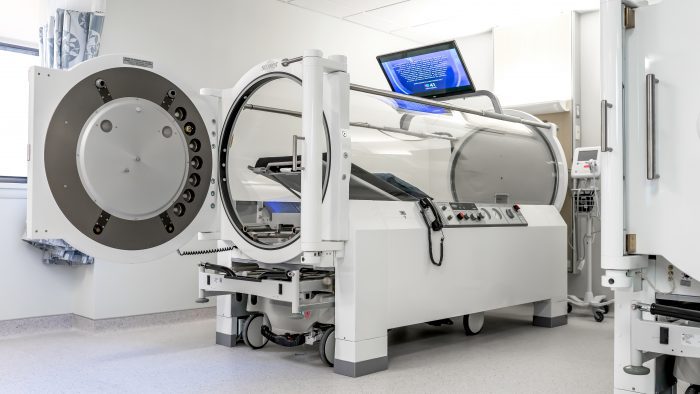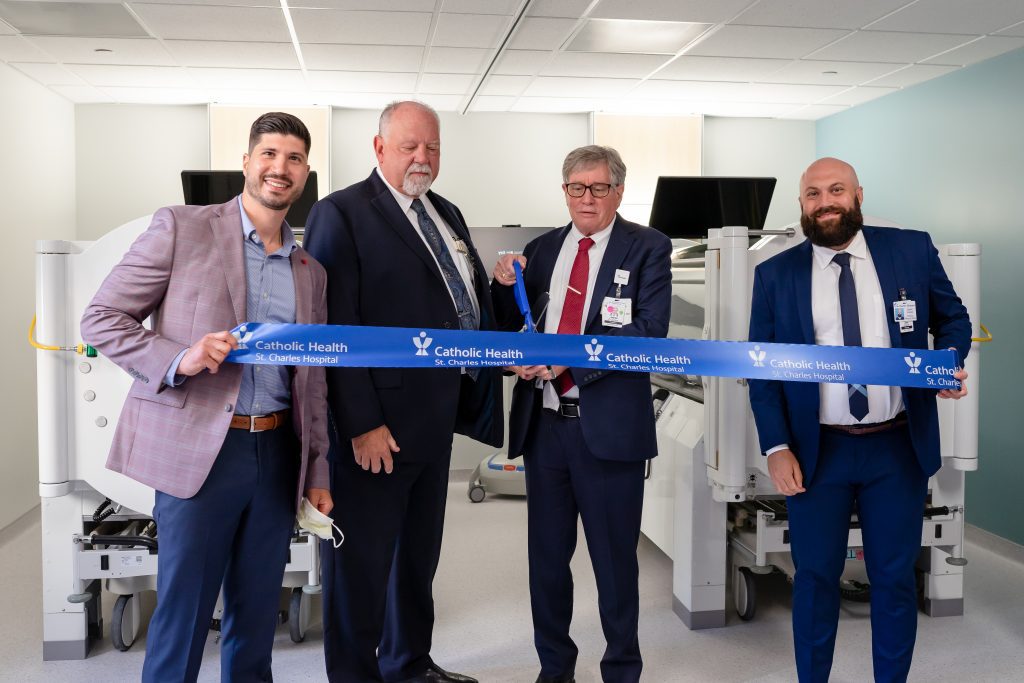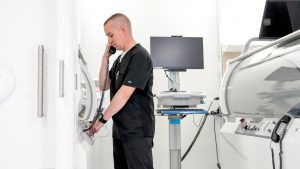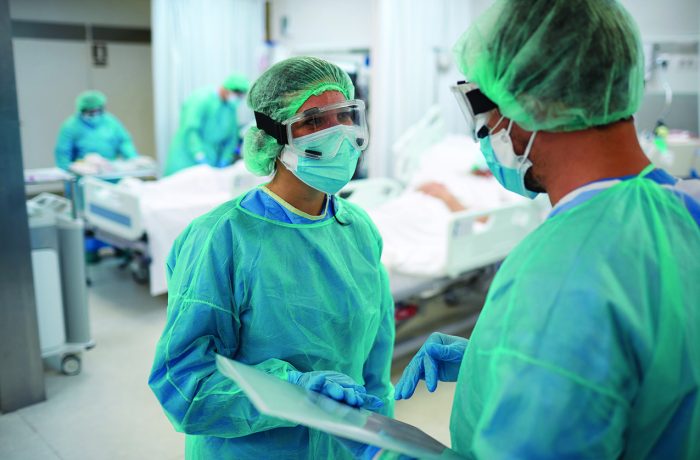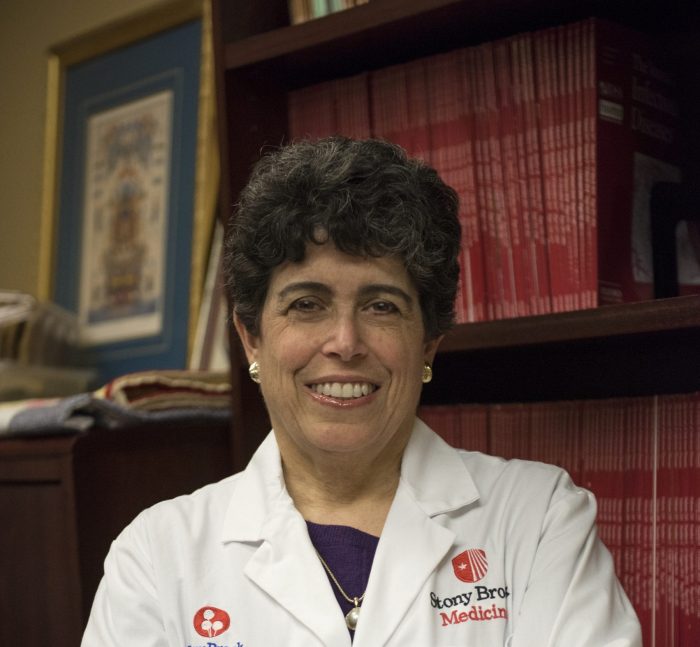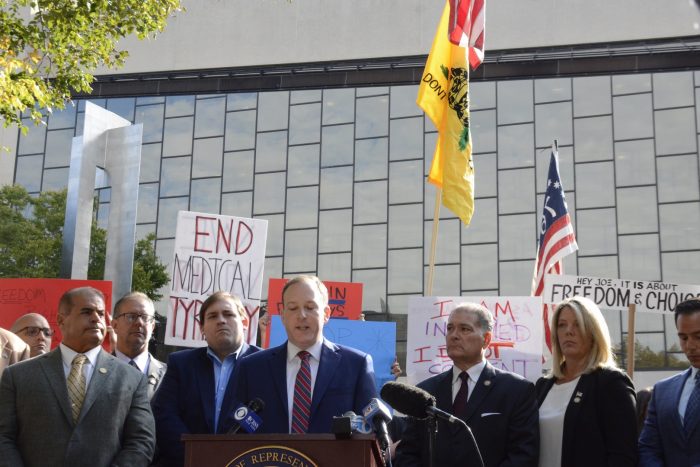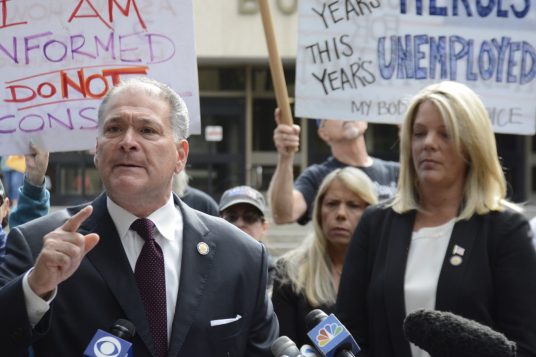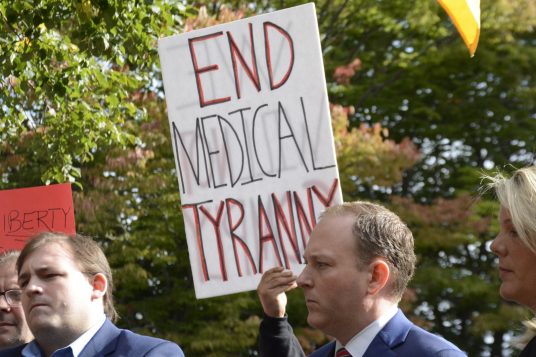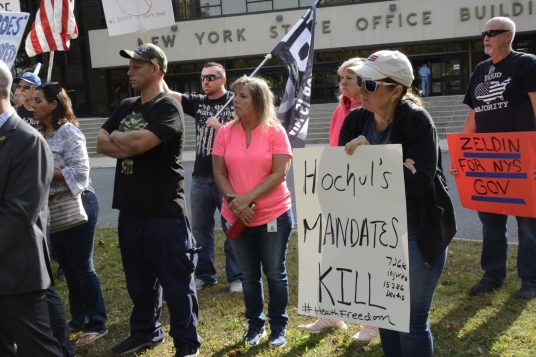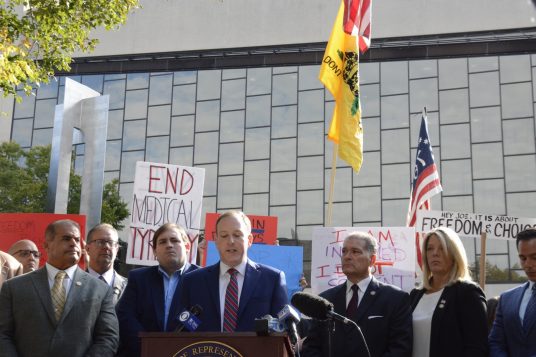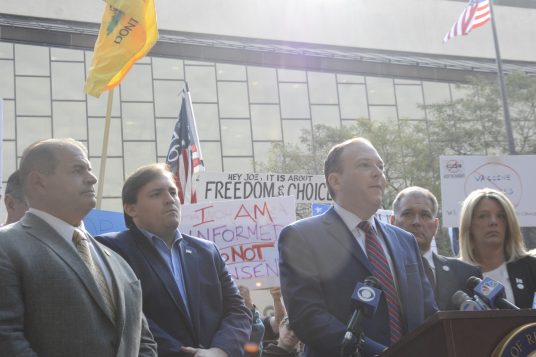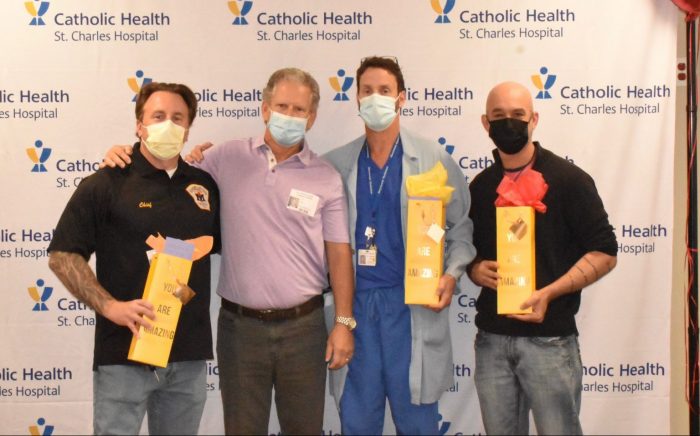The first in a two-part series, this article highlights the ways COVID-19 exacerbated an already difficult mental health landscape on Long Island, particularly for adolescents. Amid isolation and uncertainty, residents had an increase in anxiety-related and mental health crises. Additionally, residents in acute distress who arrived at the emergency room sometimes had to wait hours or days for an inpatient psychiatric bed. In the second feature, which will appear in a future edition, mental health workers describe the challenges of their work during the pandemic.
COVID-19 has taken its toll on mental health throughout Suffolk County, as people in a range of ages confront challenges related to isolation, depression, anxiety and grief.
Area hospitals report that inpatient psychiatric beds are rarely empty. Indeed, patients have had to receive treatment in the emergency room at times for a day or more as they wait for an available inpatient psychiatric bed.
“Our emergency room has two behavioral health beds, but often, we have more patients waiting for admission to [the] inpatient psychiatry unit,” said Dr. Adnan Sarcevic, chairman of the Psychiatry Department at Huntington Hospital.
While patients receive the same treatment in the emergency room that they would in an inpatient unit, some types of intervention, like group psychotherapy “cannot be provided in an emergency room setting,” Sarcevic said.
COVID also exacerbated the shortage of beds when some units had to close after an outbreak of the virus.
“We had periods when some psychiatric inpatient units were closed for a variety of different reasons including COVID outbreaks” which created a shortage of beds, Sarcevic added.
At St. Catherine of Siena in Smithtown, beds filled up as soon as one opened, said Dr. Michel Khlat, chief medical officer.
Adolescent strains
The pandemic exacerbated trends that already reflected the mental health strain among youth and adolescents.
For the previous decade, youth presentations for mental health crises in the emergency room had been increasing.
During the pandemic, those numbers climbed nationally and on Long Island. Estimates of anxiety among youth increased to 20%, which is dramatically higher than the 12% prior to the pandemic, said Dr. Vera Feuer, associate vice president in the School Mental Health program at Northwell Health. Depression has also reached about 20%, which was previously below 10%.
Additionally, the pandemic caused a three-fold increase in children with eating disorders, which is consistent with new Centers for Disease Control and Prevention data, Feuer added.
“There’s a real big increase in presentation to the emergency room” with youth who are considering suicide, particularly for girls who are 10 to 13 years old.
Additionally, adolescents are showing an increase in tic disorders, which are involuntary movements of the neck, eye or facial movements, Feuer said. While some studies suggest a link between depression and these movements, other research has linked them to the increasing use of social media.
As for the availability of mental health services, adolescents are continuing to find it difficult to become outpatients for an overburdened mental health care system, which increases the need for emergency services.
Community services are often “saturated,” Feuer said. “There are not enough child psychiatrists” which means that children go without care for longer, she said.
On Long Island, the wait for inpatient beds is not as long as it reportedly has been in other areas of the country.
“We do have kids waiting at least a day or over the weekend,” said Feuer. She suggested that access to beds and to crisis programs in school have mitigated some of the adolescent demand.
Dr. Stacy Eagle, director of Psychiatry at St. Charles Hospital, cautioned that the potential for addiction and substance abuse is “concerning. Even marijuana is dangerous, because you don’t know what it’s laced with and it can become incredibly addicting.”
Broader challenges
The shortage of inpatient beds predated the arrival of COVID, with mask mandates, social distancing, remote learning and at-home work altering routines and creating stressors that often increased anxiety and triggered the kind of self-medication that led to substance abuse.
“I’ve seen it step up on a daily, weekly, monthly basis” in terms of generalized anxiety disorders and panic attacks, said Dr. Jeffrey Wheeler, director of the Emergency Department at St. Charles Hospital in Port Jefferson.
Eagle said she has seen more anxiety, mood disorders and substance abuse, with more acute patients coming in from schools.
Doctors suggested that COVID itself can contribute to the worsening of a person’s emotional well-being.
“COVID certainly plays a role in mental health, both as a psychosocial stressor and due to the neurotropic nature” of the virus, said Sarcevic.
The types of treatment varies according to the severity of the symptoms, the underlying conditions, and any ongoing treatment plans.
“Some people come in who are in need of medication to be stabilized for depression,” said Khlat.
To accommodate the increasing need for non-acute psychiatric services, health care professionals have been offering telepsychiatry help.
In the last three months, St. Catherine of Siena expanded their telepsychiatry services, which had been offered primarily on the weekends, to seven days a week.
“Due to the influx of patients we’re having, with COVID depression we had to [expand that] to the rest of the week,” Khlat said. These services “helped us out a lot.”
Silver lining
Feuer suggested a few silver linings amidst the health care crisis.
“The attention to something we know has been a problem for a long time” will help the community, she said. “I’m hoping the right resources and interventions will come.”
Additionally, the increased vigilance of mental health challenges has enabled people to feel that asking for mental health resources is something they can, and should, do.
“It has normalized these conversations,” Dr. Feuer said.
Available resources
Dr. Gregson Pigott, commissioner of the Suffolk County Department of Health Services, urged people who think they need help to get it right away.
Those people seeking help for substance abuse or mental health can visit www.SuffolkStopAddiction.org to find a network of providers in the 2022 Suffolk County Directory of Behavioral Health Services guide.
The following are resources available to those in crisis:
— Family Services League’s Diagnostic, Assessment and Stability Hub (DASH) program. This is a 24-hour stabilization response program for children and adults in crisis due to substance abuse, mental illness and other life stressors. They are located at 90 Adams Avenue in Hauppauge. Their phone number is 631-952-3333.
— A free 24-hour hotline: 631-751-7500, or www.responsehotline.org.
— A Comprehensive Psychiatric Emergency Program (CPEP) at Stony Brook Hospital at 101 Nicolls Rd in Stony Brook is available at 631-444-6050. CPEP has voluntary and involuntary emergency psychiatric services for children and adults every day.
“It is important for individuals to engage in self-care,” Pigott wrote in an email. “Listening to each other and recognizing the signs of mental illness and substance use can help mitigate a developing crisis.”


